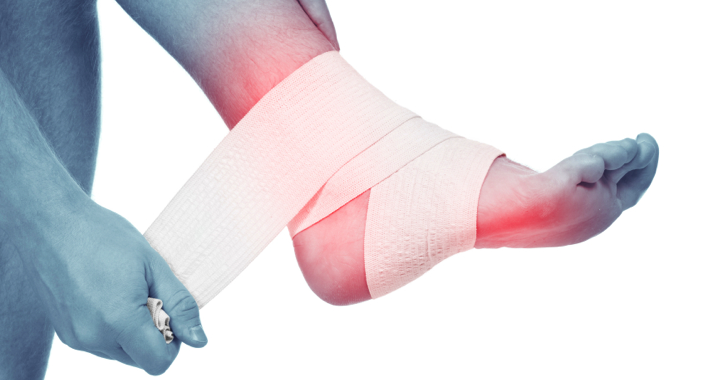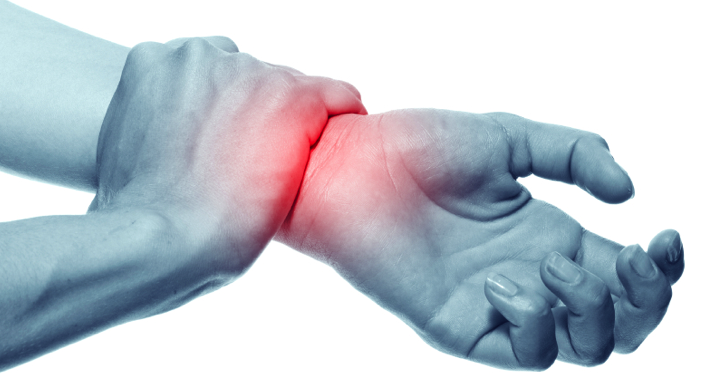What is Osteopathy?
Osteopathy is a ‘whole body’ system of physical diagnosis and manual therapy that uses a range of manual and movement techniques to treat neuromusculoskeletal pain and other functional problems. Osteopaths view the entire body from an integrated systems perspective rather than focusing only at the area of a complaint. By understanding how each of the body systems that may be involved in a condition are interrelated, osteopaths aim to correct the source of the problem and help to optimise physical function and well-being. Studies have consistently shown that people report a high level of satisfaction following their osteopathy treatment for pain problems.
In Australia, an osteopath is a government registered practitioner, with a training background covering medical sciences and diagnostics, as well as orthopaedics, neurology, pain science and osteopathic manual therapy. This means that osteopaths are primary care practitioners and are trained to carry out standard medical examinations, provide conservative primary treatment for neuromusculoskeletal pain complaints, and to recognise conditions which require further medical investigation.









